The implementation of Sustainable Development Goals was a response to the lack of accuracy and diversity of indicators when tackling the world’s most prominent problems through the Millenium Development Goals set out in the year 2000. It soon became clear that the objectives set out in the now obsolete UN plan fell short to what the global community really needed.
The now forgotten MDG 3 declared the need to promote gender equality and empower women, but the only indicators used to measure progress in this regard was related to the number of girls and women in education or participating in the labor or political force. Although these indicators are fundamental to understanding disparities between genders, it is as small of a sample as it is generalized and lacking in the necessary precision to take effective actions.
The emergence of SDGs, and SDG 5 in particular, which called for achieving gender equality and empowering all girls and women, was presented as the potential solution to the poor outcomes achieved from the previous set of global goals which failed to address key targets and indicators such as discrimination, unpaid reporductive work, access to sexual and reproductive health, sexist property or inheritance laws and access to economic resources, or the adoption of proper enforcing legislation on gender equality.

Measuring change
We want to stress the importance of more accurate targets and indicators that can help encourage sustainable development, including the mitigation and fight against gender inequality. It is through these that progress can be measured, and as a consequence monitoring and evaluation are made possible in order to determine whether we have achieved the set objectives, reached a threshold or triggered actions.
Bellow we have summarized the latest data gathered through the targets and indicators set by the SDG 5 on gender equality to understand the progress made, assess the current situation and set up plans for what seems to need more attention if we want to end gender disparities globally.
The overall conclusion is that now that we have a more complete view and understanding of everything that encompasses direct or indirect inequalities between genders, systemic discriminatory proceses and procedures or obsolete ‘gender roles’, we can asses more precise and personalized actions and solutions to fight such an unfair reality.

Transparency, engagement and equality
Targets and indicators would be useless if it wasn’t for transparency and the will of people, institutions and organizations to uncover all the obstacles blocking the way towards sustainable development and gender equality.
As social entities, companies have a long way to go to help build a more equal and fair labor market, and so their practices of transparency are key elements of the global effort for a fairer economic system. Transparent information and open channels of communication are key to get the whole picture of any given issue that arises from stakeholders, understand it fully to make the necessary assessments, and develop an adequate action plan to prevent further damage. Transparency is the base for healthy and reliable engagement across the organization.
In DoGood we believe you can’t manage what you don’t measure. This is why we actively work to pursue transparent and traceable information to be reported and help companies achieve a continuous improvement as well as a stronger relationship with stakeholders to help impact society and the planet in a positive way, helping revive trust and confidence.
In this regard, it is essential to our work to promote good corporate governance, meaning that the processes of disclosure and transparency are followed so as to provide regulators and shareholders as well as the general public with precise and accurate information about the financial, operational and other aspects of the company, including a more accurate definition of the ESG performance.
We have developed a corporate government tool that helps establish ESG impact objectives for employees in regards to the sustainability strategy of the company. Through our SaaS technology we are able to activate and track employees’ impact, creating engagement that translates into improved ESG metrics, reputational value and an overall positive impact for the environment and society.
If you want to know more about how we work to create a positive social and environmental impact, click here.







